Dubai, Capitalism in Overdrive
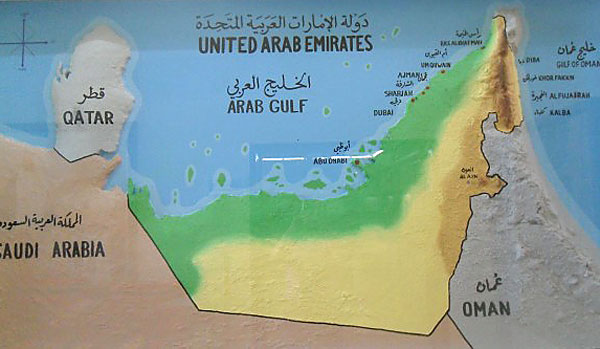
From the moment you step foot in Dubai, you need to keep reminding yourself that it’s real. Most of what you see – ten lane highways, skyscrapers, flowering gardens, the metro system, and every label, brand, and trademark you ever heard of and many you haven’t – have been added in only the last ten years or so. You cannot help but marvel or be impressed. But Dubai is no Disneyland; rather, it’s capitalism in overdrive.
This year, Dubai, along with Abu Dhabi, Sharjah, Fujairah, Ras al Khaimah and two small emirates that make up the United Arab Emirates, celebrated their 42nd anniversary as an independent country. A British Protectorate since 1820, this part of the Arabian Peninsula stretching for over 2000 miles along the Persian (or Arabian) Gulf toward the Straits of Hormuz, occupies one of the most strategic areas in the world – and the reason the British let their presence be known for 150 years.
Trade between Arabia and India and South Asia is as old as history itself. After the British Empire became an important part of the trade, pirates had a field day with British ships sailing between Europe and India – and you thought pirates were something new in this part of the world. But after Britain had had enough, it made a deal with the emirates’ ancestors to provide protection so long as they traded with British ships only.
Today, the Emirates’ strategic location is only one reason for the world’s interest in this piece of real estate. The discovery of oil, first in Abu Dhabi in the 1950’s and in Dubai a few years later, put the area on the map and began the non-stop black-gold rush whose wealth has transformed the area from a desert society of nomadic tribes to one of the major financial and commercial centers and transportation hubs in the world with unbridled, never-ending development.
There is certainly a lot for tourists to see and enjoy in Dubai and it can be as cheap (that’s relative) or expensive (that’s very expensive) as your wits, wallet, and wisdom allow.
As in any city, the smartest plan is to begin with a map and an overview and for this, the hop on/hop off Big (red) Bus is ideal. The double-decker buses operate two, two hour routes: The Red route with 11 stops focuses on the oldest parts of Dubai – and to me, the city’s most interesting areas. The Blue route runs through the newest areas of the city with eight stops. A combination of the two takes you almost from one end of Dubai to the other.
These tours, available daily from 9:00 a.m. to 5 p.m., depart/arrive every 20 to 30 minutes – all well marked on the map you are provided, along with headphones. En route, interesting recorded commentary is provided by a distinct English-native speaker. You are also provided with 15 vouchers for discounts on food, beverages, jewelry, and other products from participating merchants including such well-known brands as Hyatt Regency Hotel and Hard Rock Café. Price of one ticket for two tours: AED 220 (about US$60) adult. The company also offers night tours on similar routes. www.bigbustours.com. The Metro with 29 well-marked stops on a similar route provides easy access to Dubai’s attractions, but does not have the commentary or discount voucher. The Metro runs from 6 a.m. to 11 p.m. daily except Friday when it operated from 2 p.m. to midnight. 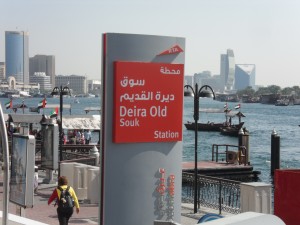
Once you have the lay of the land or while you are on the Big Bus tour, the must-see highlights of the Red route are the Dubai Museum, Heritage Village, the Dubai Creek, Dhow Cruise, and the Gold and Spice markets. The Blue route highlights are Burj Khalifa and Dubai Mall, Burj al Arab, and Mall of the Emirates (ski slope) and Jumeirah Palm Island with several fabulous hotels.
Burj Khalifa: After getting oriented at ground level, it’s time to get an aerial view. You can do it in an expensive helicopter ride or balloon adventure (www.ballooning.ae) or the more reasonable ride to the top of the Burj Khalifa (2,716 ft/160 floors), the tallest building in the world which dominates the Dubai skyline from every corner. The excursion starts on the lower level of the Dubai Mall where you can buy a ticket and likely wait in line for the first of three rides to the last elevator that zooms to the top (actually the 124th floor) in one minute. You can watch a clock in the elevator count off the seconds.On the observation desk which encircles the tower, you can walk around, orienting yourself and photographing the view from every angle. There’s a souvenir shop with the usual array of mementos and photographers ready to take your pictures. When you learn the details about the amount of steel, concrete, glass and manpower that went into the tower’s construction you will come away with a sense of awe at this modern architectural and engineering marvel. www.atthetop.ae
Among the tower’s other attractions are the 160-room Armani Hotel and residences (144 suites), The Residence (900 homes), the Sky Café, and the Dubai Fountain and Lake where nightly a beautiful Las Vegas-style show of the world’s largest dancing fountain shoots water jets up to 500 ft. in the night air. The show with classical, Arabic and world music plays every 30 minutes from 6 p.m. to 10 p.m. on weekdays and to 11p.m. on weekends. It can be watched from the terrace of the Dubai Mall’s main restaurant level or from one of the boats that ride around the lake.
The three-level Dubai Mall, the largest shopping center in Dubai and one of the largest in the world, is a destination itself with 1,200 stores including the world’s most famous brands and a great selection of restaurants serving cuisines from around the world, and a variety of services from currency exchanges to car rentals. Other attractions are an Olympic-size ice skating rink and one of the world’s biggest aquariums.
Dubai Museum: Situated in the oldest area of Dubai with the last section of wind towers (a forerunner of air-conditioning) left in the Gulf,
the museum provides a comprehensive view of the history of Dubai and the Emirates and offers a total contrast to the skyscrapers of modern Dubai. The visit starts at the restored 18th century Al-Fahidi Fort, said to be the oldest building in Dubai and has served as a palace, garrison and prison. On view in the courtyard are examples of traditional houses made from palm reeds, fishing boats and tools, and other artifacts once used by this nomadic society.
But the more interesting part is the underground extension beneath the fort where with the latest technology, Dubai’s history is showcased in a series of displays from archaeological finds and authentic settings with true-to-life figures (similar to those in a wax museum) of the various trades in stalls like those found in souqs, from the simple pearling days to modern times. Aerial photos show Dubai’s growth from the 1950s and a multimedia presentation charts the city’s progress. You’ll want to wander around the narrow streets of Al Fahidi Historical District where most of the old buildings have been converted into cafés, art galleries, and shops; one houses a small hotel.
Nearby in the Deira area and along the Creek (the name given to the waterway that divides, more or less, old Dubai from the new one) are Dubai’s famous gold souq with as many as 400 shops aglitter in gold; and the spice souq with an array of spices – some familiar, many not – but all colorful and irresistible to shutterbugs. There are also shops selling perfume, luggage, electronics, kitchenware as well as fish, meat, and vegetable markets. Much of the labyrinths that once characterized this area has given way to air-conditioned shops, but these historic markets are still fun to visit. And remember, whatever you purchase, you must bargain.
Text and photos by Kay Showker, at sea in the Indian Ocean on Oceania Cruises’ Nautica. More on Dubai will follow soon.

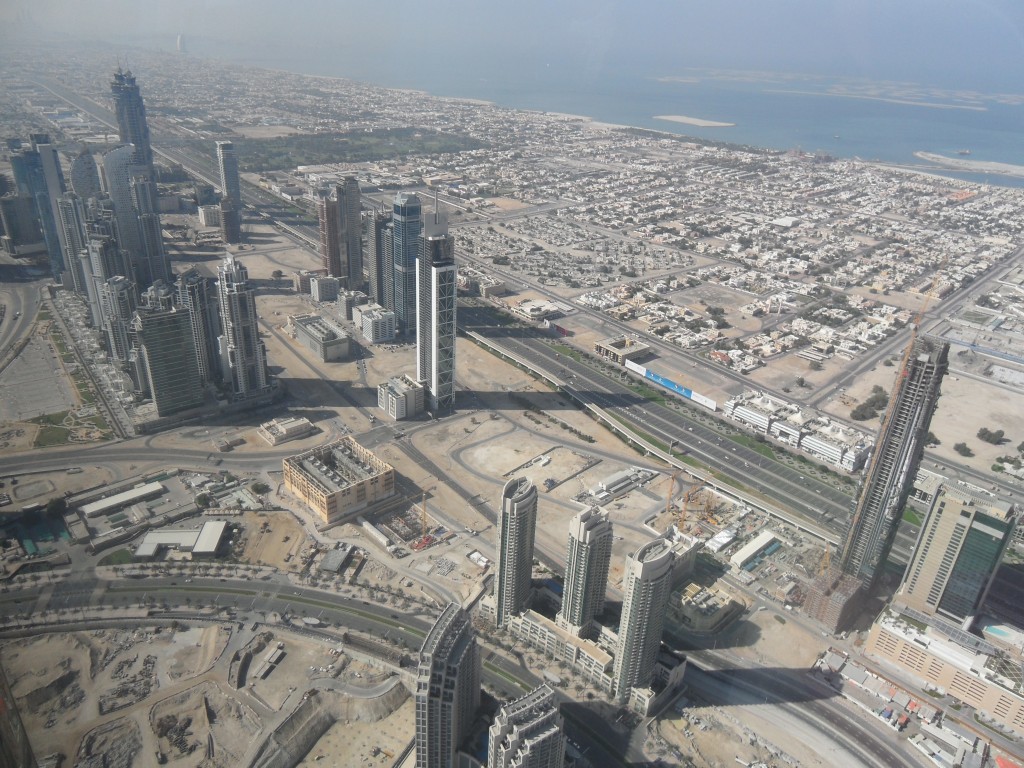
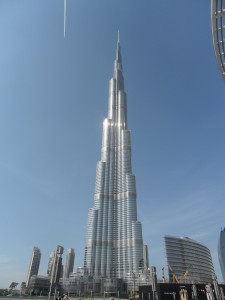
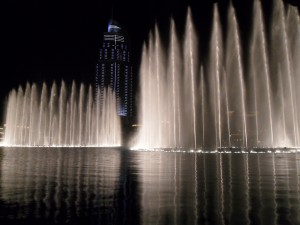
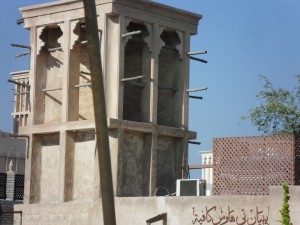
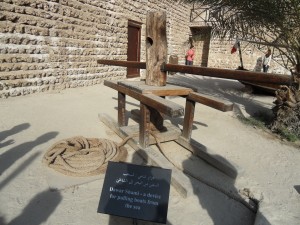
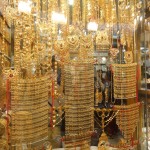
Leave a Reply